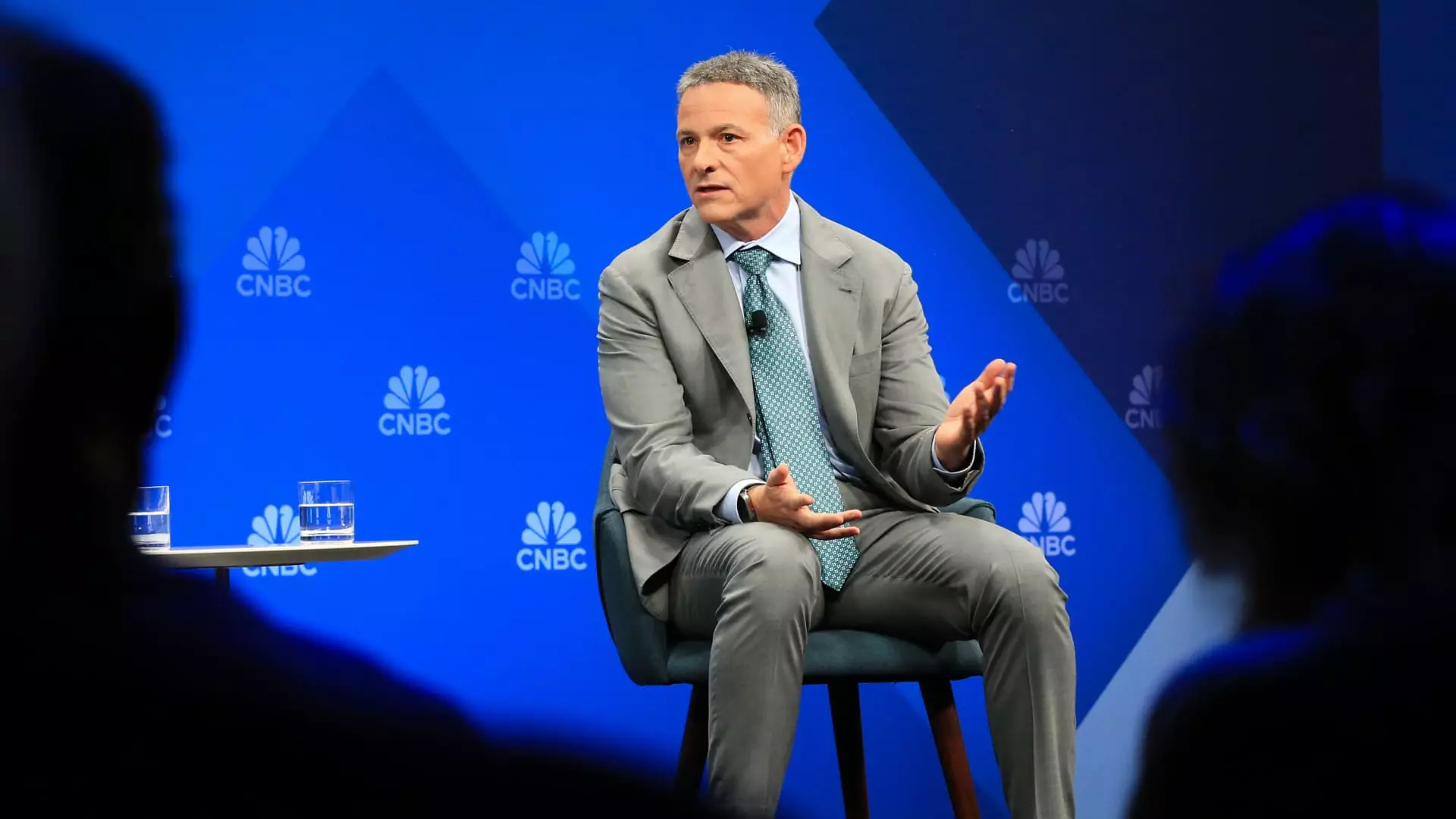The recent bullish run for gold has ignited conversation in investment circles, particularly reflective of hedge fund manager David Einhorn’s unapologetic optimism towards the yellow metal. His perspective points to a critical observation: gold has surged over 20% this year alone, and this ascent isn’t merely a stroke of luck. It is primarily rooted in a broader understanding of fiscal and monetary policies—an area where Einhorn sees alarming mismanagement. As governments grapple with spiraling debts and austerity measures that are essentially ineffectual, the confidence in their fiscal prudence dwindles. This reality promotes an underlying drive for gold, which historically serves as a safe haven during turbulent financial times.
Limited Political Will
Einhorn’s assertions align with a glaring issue: the pervasive bipartisan complacency regarding the national deficit. Politicians often appear paralyzed by the prospect of making hard choices until they are cornered by a crisis. This lack of decisive action creates a fertile ground for investment in gold, as waiting for a financial reckoning without proactive measures is a risky bet on the economy’s health. The “Department of Government Efficiency” seems more of a facade than a functional entity; it is reminiscent of rearranging deck chairs on the Titanic. As voters reflect on these shortcomings, sentiments could catalyze a flight to assets presumed safer, such as gold.
Defensive Strategy in Investment
For Greenlight Capital, gold is not just a hedge against potential inflation but strategically positioned as a defense against wider market volatility. While Einhorn does not directly associate gold with inflation—arguing that it transcends such simplistic correlations—he suggests that defensive positions akin to gold will shield investors from potential market downturns. The hedge fund’s impressive 8.2% gain in Q1 is not a mere coincidence; it stems from sage investment choices aligned with economic realities. Hence, Einhorn’s approach is a thoughtful embrace of asset diversification in uncertain times rather than adhering rigidly to traditional equities.
The Inflation Quandary
Einhorn’s nuanced view on inflation swaps further embellishes his investment thesis. His convictions stem from observations of market dynamics suggesting that inflation is not merely an abstract threat for the future, but a tangible risk rooted in behavioral shifts among consumers and businesses alike. If demand rises hastily relative to supply or if supply chains remain constrained, it follows that inflation will surge unexpectedly. Gold finds itself at the center of this discourse not because it is viewed through the singular lens of inflation, but because it stands resilient against a multitude of uncertainties.
Finding Stability Amid Uncertainty
Ultimately, Einhorn’s call for a bullish outlook on gold reveals a reflection of the sentiment among disciplined investors increasingly skeptical of the effective governance and responsible fiscal policies enacted by global powers. As traditional markets show signs of vulnerability, the appeal of gold as a bedrock asset gains momentum. Nevertheless, one must commend Einhorn’s foresight; it takes a discerning eye to navigate the chaos and place faith in an asset that has historically provided not just stability, but potentially lucrative returns when conventional paths falter. The future may indeed be golden, if investors align closely with such prescient viewpoints.

